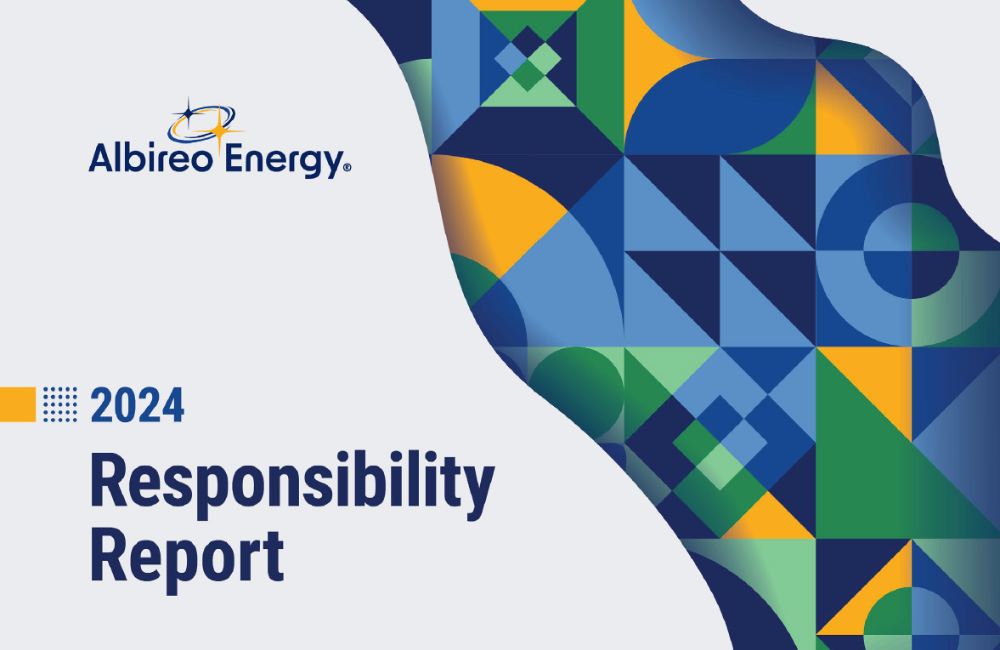The Inflation Reduction Act was signed into law on August 16, 2022. While the legislation covers corporate taxation, healthcare reform and tax enforcement measures, a large portion of the bill was designed to support domestic energy and transmission projects and incentivize clean energy projects. According to a statement released by the White House, this bill is “the single largest investment in climate and energy in American history.”
The legislation designates $369 billion for the following:
- $8.3 billion in credits and financing for installation and upgrades to emission reducing technologies
- Tax credits for critical technologies like energy storage, fusion, and advanced nuclear reactors
- Increases the 45Q carbon capture tax credit
- Institutes a production tax credit for hydrogen, with direct pay for the first five years of production
- Tax credits for non-profits like rural electric cooperatives, municipal power utilities and other public power utilities
- Funding for loan programs for innovative technologies and low-emission projects
- $5.8 billion to demonstrate advances in decarbonizing the industrial sector, and funding for implementation of bipartisan law addressing the reduction of hydroflourocarbons (HFCs)
- $25 billion for natural decarbonization solutions for farms and forests, and support for conservation work on public lands
- Increases tax credits and rebates for energy efficiency upgrades to commercial and residential buildings, $1billion to support state energy code updates
- Revises tax credits for EVs; invests in cleaner, sustainable aviation fuels of the future
- $4 billion reserved to support coal communities and increase electricity tax credits when used in coal and other fossil fuel communities
While the expectation is that the IRA will lower energy costs, it also aims to provide meaningful incentives for carbon reduction and energy conservation projects. Higher tax credits for solar installations and substantial rebates for upgrading to heat pumps and other energy efficient appliances will be seen state by state as incentive programs are revised and implemented in response to the funds made available by this bill.
The Advanced Manufacturing Production Credit (AMPC) is introduced. The AMPC supports the production of components for clean energy projects like photovoltaic cells, solar modules, wind energy components and much more that are produced by a taxpayer in the United States. The White House predicts this will result in 950 million solar panels, 120,000 wind turbines and 2,300 grid-scale battery plants by 2030.
While more dollars will be available to incentivize clean energy, the legislation will support state energy code updates which will raise the energy efficiency standards required to permit projects. Code revisions will be voluntary and evaluated at the state level, but it is likely that most states will adopt some level of more stringent codes. Albireo Energy networks closely with governmental and utility agencies to stay abreast of energy code changes to support commercial building stakeholders and clientele.
Being aware of the available credits and incentives will be key during project design and decision-making. Albireo Energy has dedicated team members that stay well-informed of the funding resources in different regions and states. Bringing in the Albireo team during project concept will avail the design team and ownership of pertinent information and guidance on the best solutions for the project.
Experts agree the Inflation Reduction Act will support efforts for carbon reduction and energy efficiency. Albireo is a top provider of building technology and energy performance solutions. Reach out to learn how we can help your organization.







